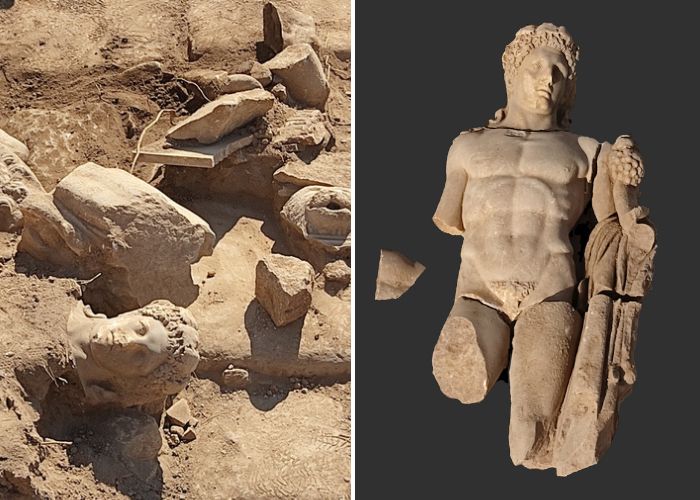It’s fun to think that the super-strength of Hercules may have helped a statue in his likeness survive for 2,000 years underneath the heavy weight of sand, dirt and stone.

In September, archaeologists at Aristotle University uncovered a statue of the Greek god Hercules in Philippi, Greece.
Though the unearthed statue was fragmented, it is in impressive condition, with the young god’s sharp jawline (and chiseled abs) still clear in the dusty stone.
A press release from the Greek Ministry of Culture and Sports announced the archeological find from Sept. 16. They wrote that the statue is believed to be from the second century A.D.
The ministry claimed that the team of university professors and students were able to identify the “larger than natural” statue as Hercules because he was found with a now-detached club and lioness hanging from his left arm. Both items are commonly tied to representations of Hercules, the son of Zeus.
The statue, according to the press release, was found amongst the ruins of a lavishly decorated building from the eighth or ninth century, in what was then the Byzantine Empire. At the time it was placed in the building, the Hercules statue would have already been hundreds of years old.
The university team claimed the finding of the Hercules statue provides insight into how public spaces were decorated during the Byzantine Empire.
The archeological site at Philippi is a UNESCO world heritage site. The region also includes the ruins of a temple, theatre, octagonal church and other basilicas.








Comments